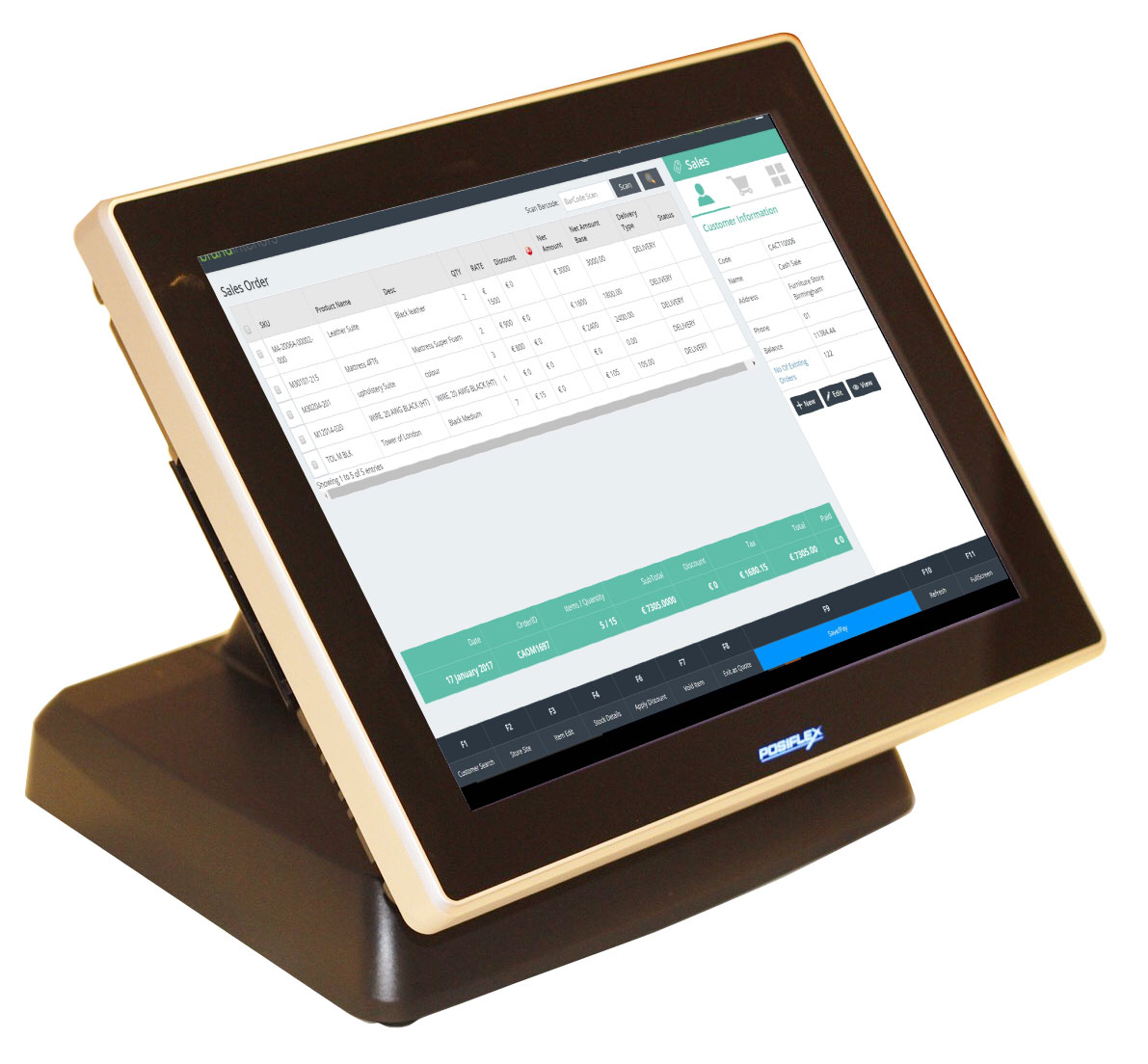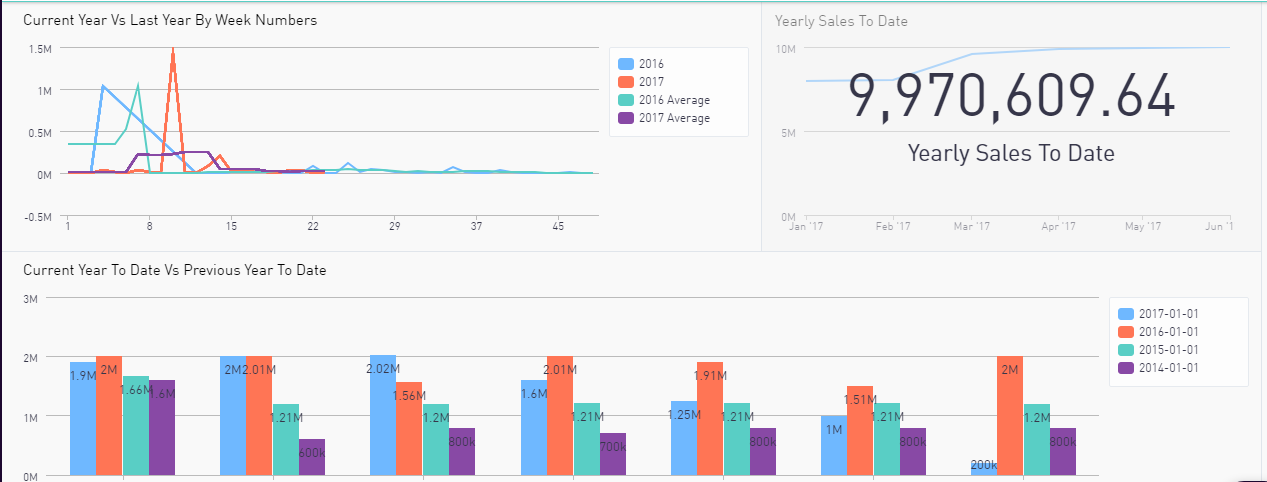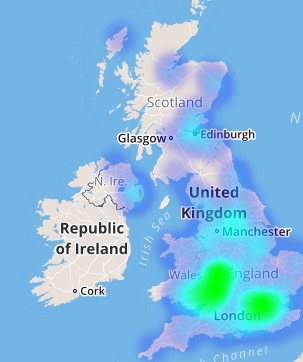The growing importance of technology and software in the retail industry
 Technology has certainly become very influential in the retail industry in the last decade. Consumers are now more inclined to pick up their smartphone to search and buy products online, rather than go to a retail shop. However, the traditional retail shop is still a high priority, and it is important they keep up to date with technological advancements in the industry. PWC conducted a survey recently and some interesting figures were presented. In the furniture and homeware sector, 45% of global shoppers prefer researching purchases online. Following this, 59% then prefer to purchase in-store.
Technology has certainly become very influential in the retail industry in the last decade. Consumers are now more inclined to pick up their smartphone to search and buy products online, rather than go to a retail shop. However, the traditional retail shop is still a high priority, and it is important they keep up to date with technological advancements in the industry. PWC conducted a survey recently and some interesting figures were presented. In the furniture and homeware sector, 45% of global shoppers prefer researching purchases online. Following this, 59% then prefer to purchase in-store.
In the UK, only 25% of shoppers research their furniture and homeware in store, therefore primarily doing all their research online before they make a purchase. Retailers must keep these statistics in mind when planning their marketing strategies. Consumers are becoming more and more tech savy and expect brick-and-mortar stores to do the same. As well as having an online channel for your retail business, it is important to keep your brick-and-mortar store tech savy also. Customers’ expectations have also changed dramatically, with the majority expecting a seamless, fast paced shopping experience, be it online or in-store. Customers no longer want to spend hours browsing in shops. Instead, they want a fast and efficient approach to shopping, both in-store and online. With this in mind, there are a few things that you can keep your brick-and-mortar store at the top of its game:
Point of Sale system
A good Point of Sale (POS) system can allow you to quickly gather customer information, view live stock across stores, take transactions, and provide digital marketing such as e-receipt to the customer. This is essentially a base product that every retailer aspires to have in-store to allow for seamless transactions between customers. A fast POS ensures a smooth interaction with the customer, to rapidly gather customer information, giving more time to build rapport, and all in mind of improving the customer experience.
The latest POS trend is now Mobile POS, with Gartner revealing 28% of retailers internationally are moving towards this trend. It allows retailers to search a product and finalise a transaction anywhere on the shop floor. It allows you to easily and accurately check your stock levels at a glance. This is ideal for retailers to enhance the customer experience and create more selling opportunities with customers.


Retail Order Management system
Without a proper management system in place, the simple things like keeping records of your sales, stock and customer service can become a nightmare. With a retail order management system, it will save you significant time and money by automating a lot of tasks that you originally had to do manually. You have access to your stock live both from online and in-store. You can see with the touch of a button, what your least sellers and best sellers are, so you can easily manage your inventory control month on month, so that you’re not overstocking items that don’t sell. You can see what your sales are be it weekly monthly or yearly. You have access to hundreds of data analytic reports to help your business run smoothly. You can manage your purchase orders, sales, warehousing, deliveries and dispatch, as well as keeping a full record of customer details, and a populated heat map showing what locations your customers come from.


Barcode Scanning
Having barcodes on every product is an easy way for you to manage your stock. With all products barcoded both in-store and in the warehouse, stock taking becomes more efficient, resulting in huge improvements in stock accuracies across all areas of your business. Barcodes on products in-store make it easy for you to scan a product with your POS or mobile POS, and all the details of that product pop up on the screen, saving yourself hassle and time. Having barcodes on products in your warehouse allows you to keep track of what stock you have coming in and out, making it more efficient for both your warehouse manager, your salespeople and managing directors. Without barcodes, you have to go to the hassle of writing down the product number and then going to the POS and typing in that number for the product details. It can be easy to type in the wrong product number, throwing your inventory off sync.

Website, Social Media presence and Online Shopping
No matter how big your retail business is, a website and social media presence can be a very powerful tool in this digital era. It’s a great platform to be able to promote your business, to tell your story, sell your unique selling points, and give people a reason why they should buy from your retail business. It’s a great way for you to promote any sales and offers you have to the wider public on the internet. Consumers are quicker to check up a website and social media page than they are to drive to a store. You need to be able to keep up with the current trends or you will fall behind in the market. To go a step further, allow customers to purchase on your website, so you are not missing out on any sales opportunities that may arise. This method of omnichannel retailing shows consumers a consistent theme throughout your online and brick-and-mortar presence, and consistency is one of the main reasons consumers buy in-store. If they see consistency between your online channel and your physical channel, they are more likely to buy from you, and consistency creates loyalty.
![]()
Technology and software have a valuable place in the retail industry. They are pivotal elements to keep up with digital consumer demands. It is important to evaluate your business and incorporate technology and software which will enhance your retail store for future growth and success!



